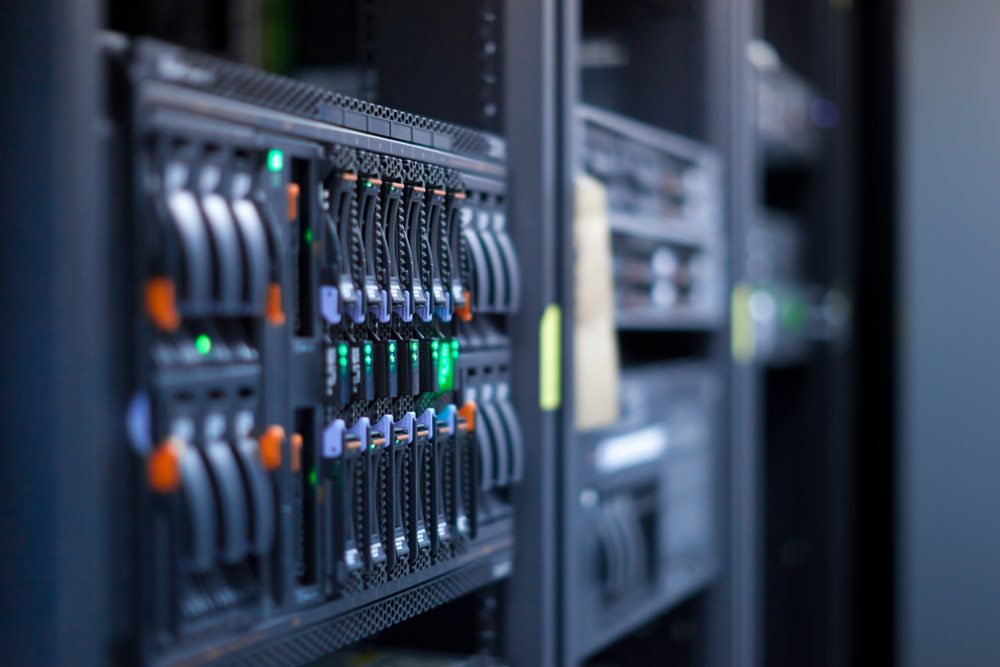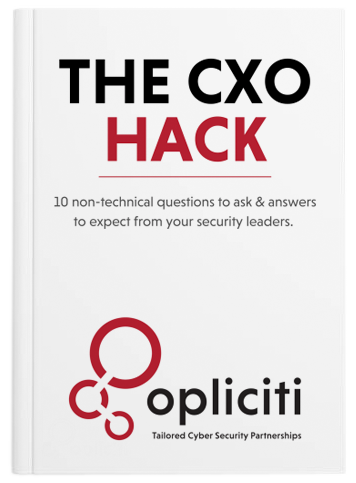Cyber security issues are no longer solely an IT department concern. Instead, they threaten all aspects of business, compounding the risks of financial crime and fraud and posing a significant threat to business continuity and reputation.
Cyber perils were the biggest concern for companies worldwide in 2022. According to the Allianz Risk Barometer, the threat of ransomware attacks, data breaches or major IT outages worried executives more than any other business disruption – including the COVID-19 pandemic – in the preceding year.
It turns out just the cost of a cyber attack is reason enough to have the C-suite quaking in their boots. The World Economic Forum reported in 2018 that fraud and financial crime was a trillion-dollar industry. In a widely cited estimate, for every dollar of fraud, institutions lose nearly three dollars once associated costs are added to the actual fraud loss.
Criminals are constantly adapting to developments in the digital domains they plunder, with fraud and financial crimes becoming more electronically sophisticated and impersonal. Yet, many institutions’ approaches to these crimes are not coping with the growing threats and burdens.
For this reason, leaders are transforming their operating models to reflect a more holistic view of the evolving landscape of financial crime.
Are executives prepared and their companies protected?
A recent study found that only 65% of C-suite executives are highly confident their cyber security plans are well established, while only 17% are actually ‘cybersecured’ – demonstrating the highest degree of preparation. Also, 94% of CxOs believe it is probable their companies will experience a significant cyber security incident in the next two years.
The chances are your company is deeply vulnerable, too.
Being protected online is critical for businesses of all sizes – from preventing data breaches to thwarting phishing attacks and defending against ransomware strikes.
The bottom line: sound cybersecurity solutions must encompass not only technical fixes, but also changes in business processes, controls, management and employee behavior.
Two-thirds of the C-suite views cybersecurity as a top concern that must be addressed. However, they are not clear about which elements of security present the greatest risk. Fifty-four percent of those surveyed acknowledge risks from organized crime groups. However, many tend to over-emphasize the risks from opportunistic “rogue” actors and discount the dangers from other sources, such as industry spies, national and foreign governments and personnel within the business ecosystem (employees, vendors, partners).
Understanding the enemy helps optimise risk management and investment in security solutions.
Collaboration is essential to level the playing field
In the world of security it’s understood that sharing incident information is a powerful weapon to combat the bad guys. With more and more sophisticated attacks being launched on businesses, implementing world-class cyber security measures should be on the top of the agenda.
By implementing a robust security plan with the help of a trusted, leading managed security service provider (MSSP), not only can you protect your data, systems, and employees from cyber-attacks, but you can help prevent the loss of money and reputation due to fraudulent activities.
Types of financial crime to watch out for
It is important for every business to understand the different types of financial crimes they are at risk of being exposed to. Some of the most common crimes include credit card fraud, identity theft, online banking fraud, and phishing attacks.
Phishing emails are designed to look like they are coming from a legitimate source, such as a bank or credit card company. The goal is to get the recipient to click on a link or supply sensitive information. Phishing emails can be very sophisticated and difficult to distinguish from legitimate messages.
Another method used by criminals is ransomware. This is a type of malware that locks down a computer or device until a ransom is paid. The ransomware can be very difficult to remove and can cause a lot of damage to the devices it infects.
It is essential for businesses that rely on computer networks for day-to-day operations to ensure that these networks are protected from unauthorized access. Hackers can gain access to your systems to steal data or sabotage your operations and then demand huge sums of money in exchange for their release.
Here are some alarming statistics around ransomware attacks:
- The largest ransom demand made was $50 million, made to computer giant Acer in 2021.
- 32% of victims paid a ransom demand in 2021.
- On average, companies that paid the ransom only recovered 65% of their data.
- On average, it cost businesses $1.85 million to recover from an attack in 2021.
- Every 11 seconds a company is hit by ransomware.
For help getting your business comprehensively ‘cybersecured’ to prevent fraud and financial losses, book a discovery call with our team of best-in-class experts, today.






